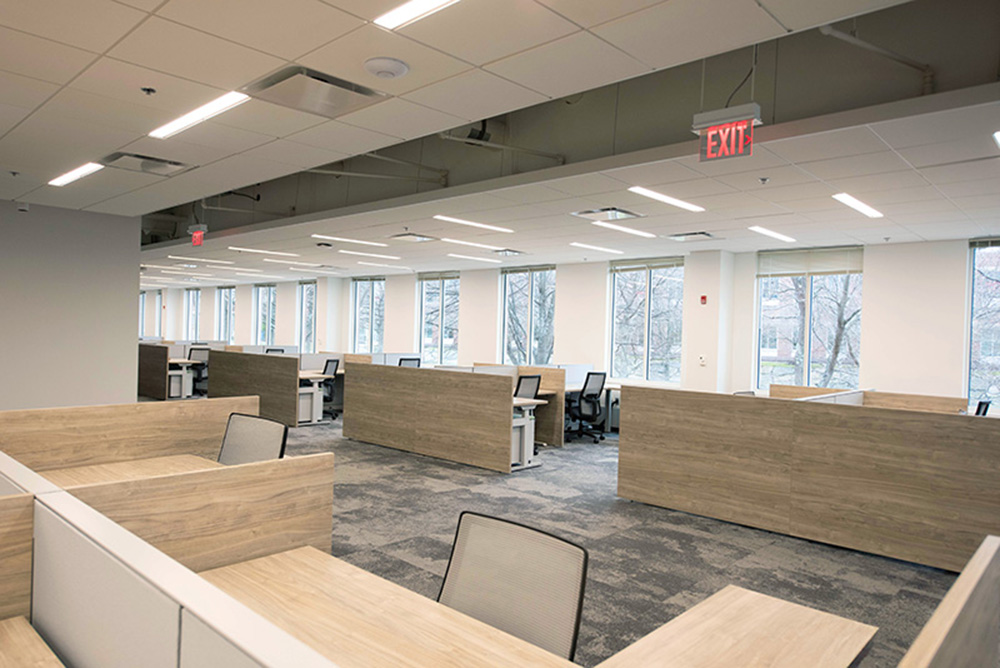Housing conundrum: Conflicting policies - by Daniel Calano

How do we make housing more affordable? Simple answer: We can’t...at least for now. It’s a tough question with complicated answers, in large part because well intentioned policies are working against each other.
The Federal Reserve has an all-out campaign to curb inflation which is at recent record highs hovering near 10%, and one of the main reasons why housing is expensive. Others include materials supply chain, labor, energy, etc. The Federal Reserve has two major charges: to keep inflation down, and to increase employment, both geared towards providing Americans with reasonable costs of living and adequate income.
During Covid, the Fed flooded the market with cash, through the purchase and creation of bonds, resulting in big checks to individuals. People saved the cash, invested, or spent it. Based upon supply chain issues with Covid, and high demand from consumers, inflation took off. This is where the problem now lies. The economy is too hot, labor is being paid too much and money is cheap. Thus, the Fed has to reverse this.
Fast forward to today, the Fed is raising rates, paying off some debt, stopping sending checks and generally tightening money supply. Through this process, there are contradictory unanticipated consequences. First, the American citizen is still finding high prices, but with less cash to purchase. The move from 3% to 6% mortgages has seriously undercut potential house purchasing power. Depending upon borrowing, this can range from hundreds to thousands of dollars per month more than before. Tight money has also impacted companies which had begun to hire more people at higher salaries, but now potentially are laying off people and moderating salaries. Ironically, this is what the Fed wants…to cool the economy, but trying not to hurt the average American. Turns out we may not be able to have it both ways.
Worse, housing production has slowed. Major builders throughout the United States such as Lennar and DR Horton have pulled back, thus reducing new supply by as much as 25% year-over-year. With lower supply and higher cost of mortgages, even though there is demand, less housing is available to the average American. As a result, potential buyers have moved into the rental housing market, pushing up rental prices, thus once again increasing cost of living and housing.
Most would agree that the overall plan is good and necessary. But, the unintended consequences are that housing purchase is less attainable and rents are more costly. At the same time, the largest generation, millennial’s, reaching an age conducive to forming families and needing permanent shelters, have increased demand, with less ability to buy. Currently, the news is full of sales being canceled, showings becoming limited, sales diminishing, but pricing still high.
So, while the federal reserve is trying to reduce inflation, it is also decreasing purchasing power, and in some cases reducing demand or ability to buy housing. It is depleting savings through rental payments, thus increasing the cost of shelter but not providing or creating individual wealth growth through ownership. Also, as companies cut back, to reduce costs, layoffs may ensue. This is already reported in huge companies like Facebook, Amazon, and others which have laid off or tabled new hires.
Concluding, not all the best intentions of policies are always in alignment. There are certain unintended, in some cases, unforeseen consequences. The problems are becoming more clear, but the solutions are not. The Federal Reserve hopes that high rates will cool the economy fast enough, so that rates can lower again sooner rather than later, thus finding a reasonable level. At the same time, the Fed faces unvisited territory, trying to cool the economy without pushing it into recession. Clearly this is a difficult balance, that will be a question until at least the end of 2022 and likely further. Time will tell, but it may be longer than you think.
Daniel Calano, CRE, is managing partner and principal of Prospectus, LLC, Cambridge, MA.
Boyle of Chozick Realty negotiates $7.95m sale of 66-unit property







